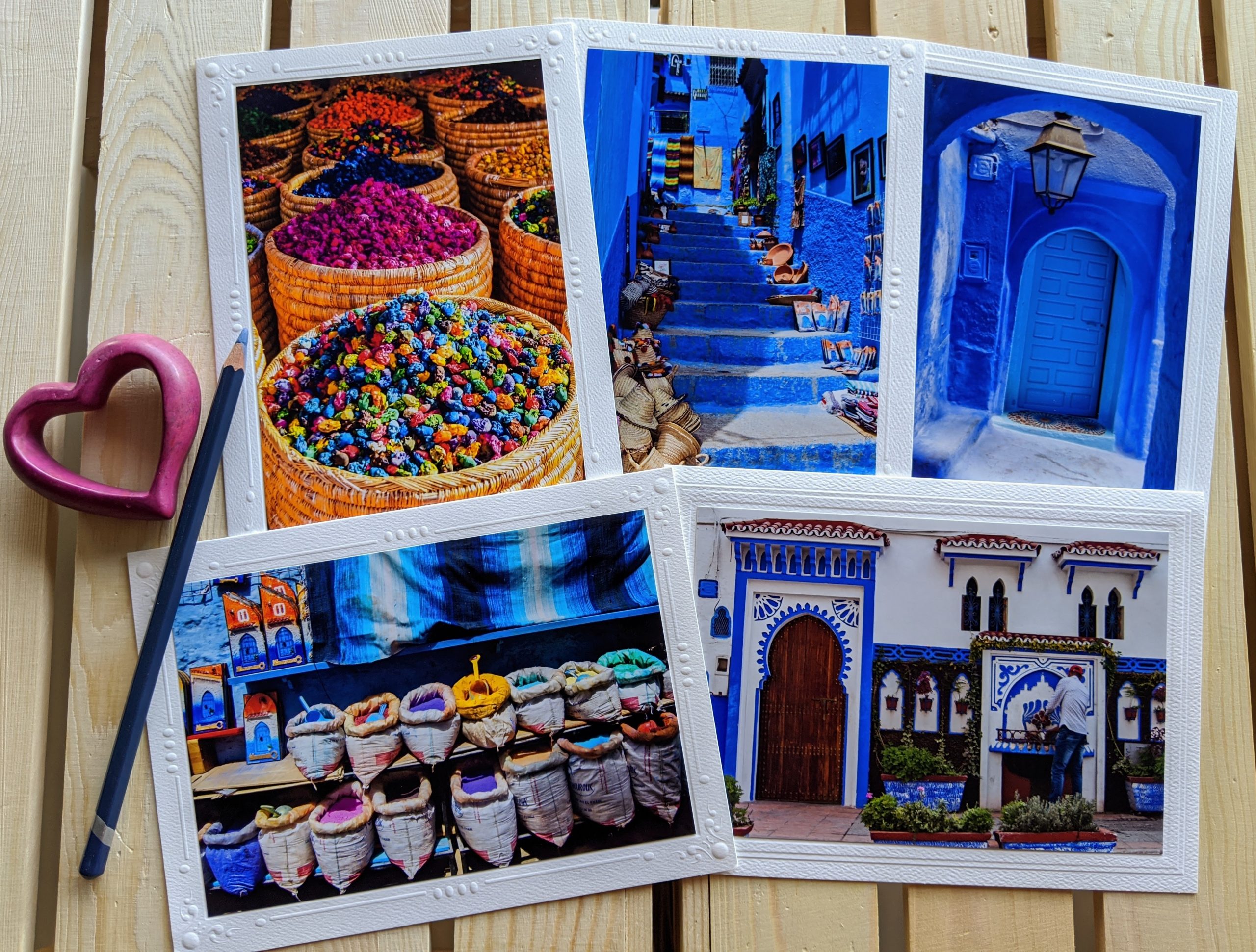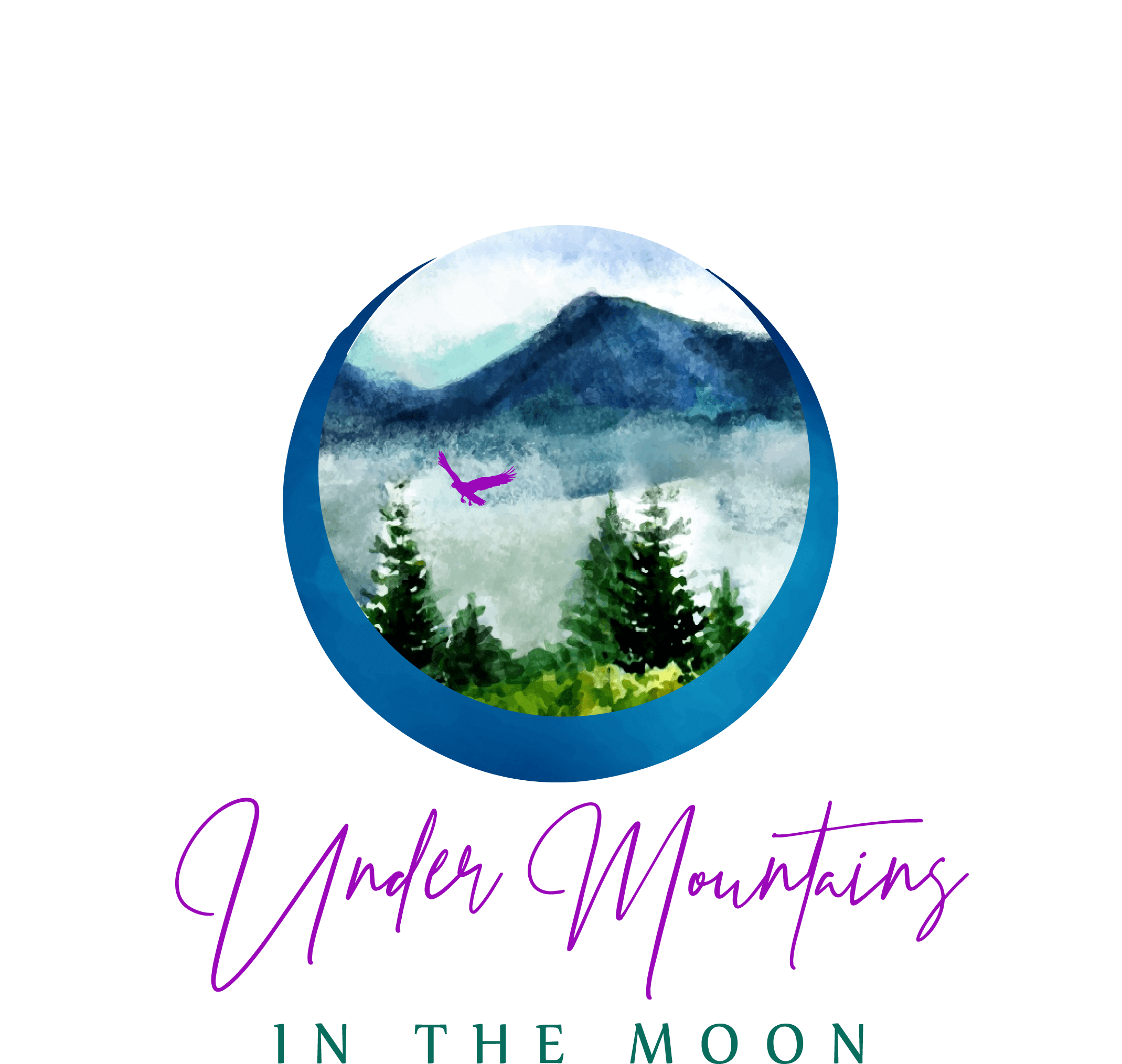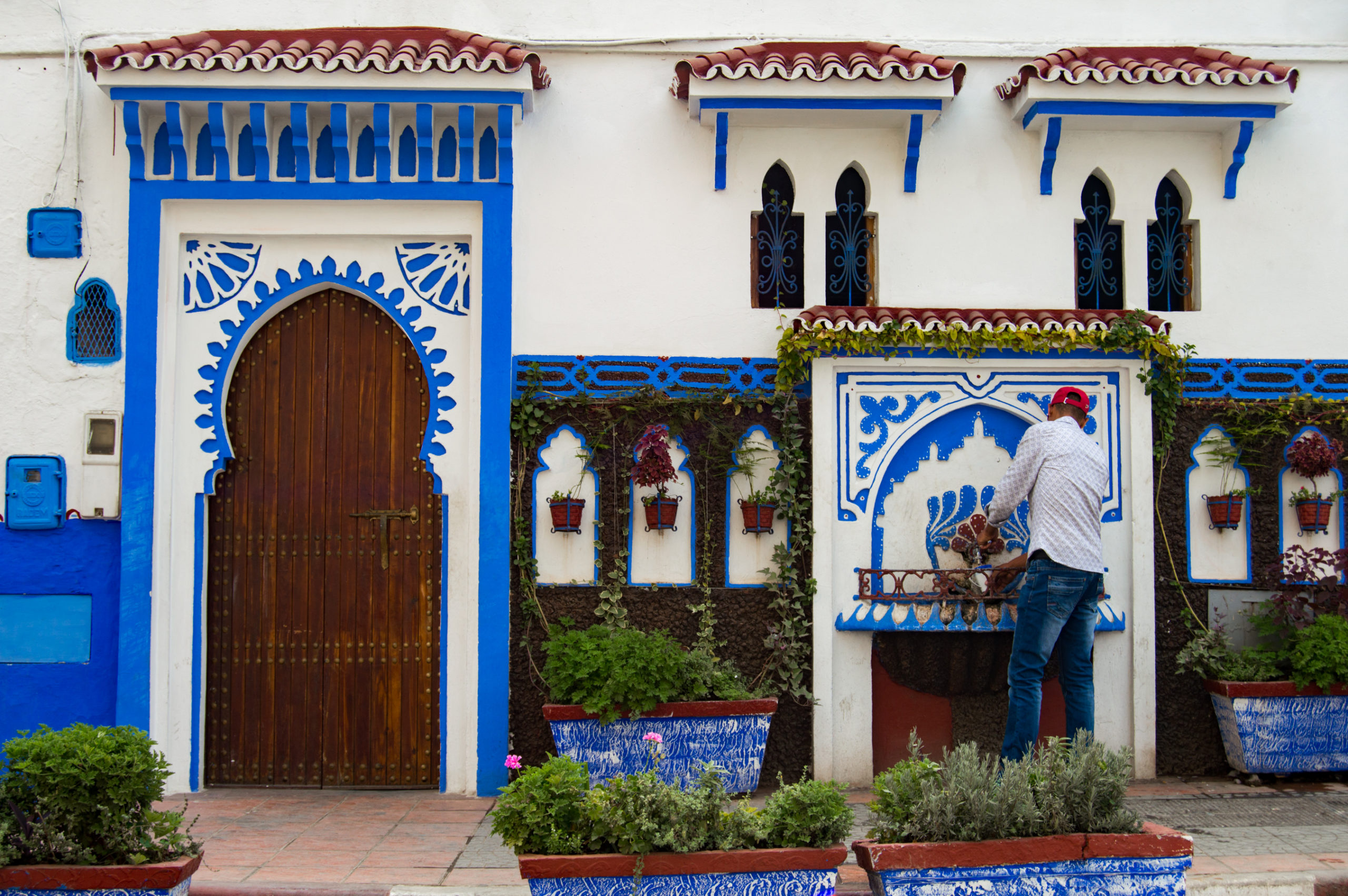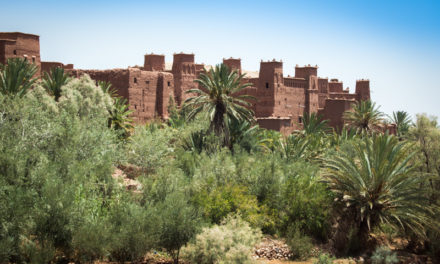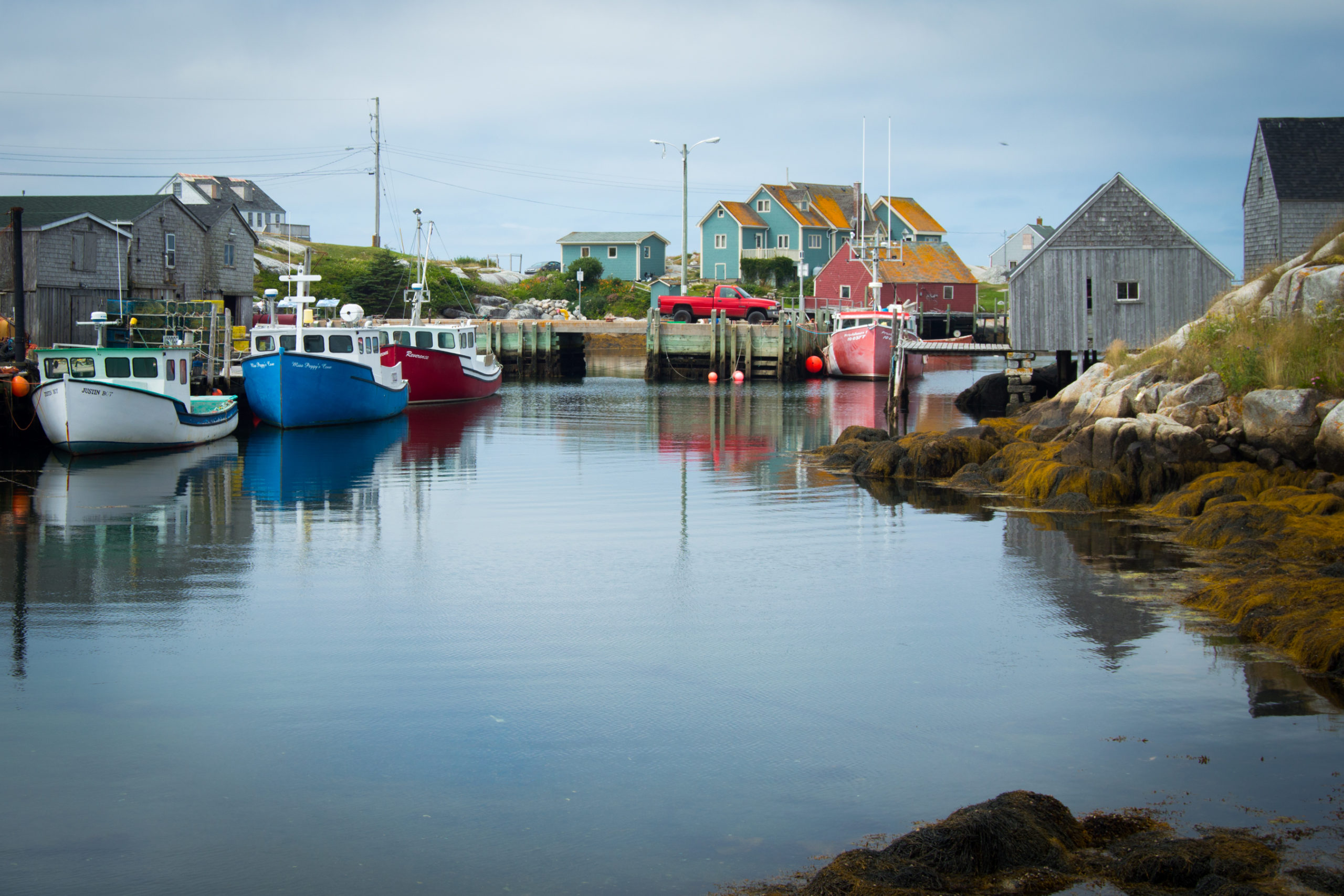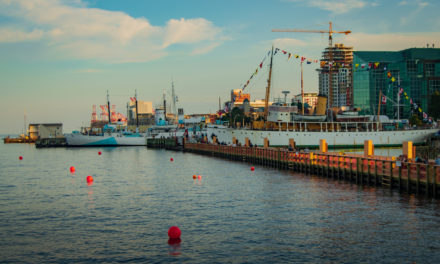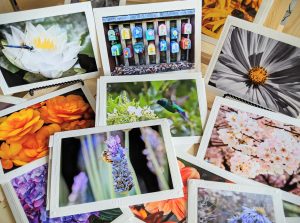Once we returned from our Saharan desert adventure, we headed up north to the Blue Pearl of Morocco, the city of Chefchaouen.
Chefchaouen was initially built as a fortress against the Portuguese invasion in the 15th century. A few years later, it became a refuge for Muslim and Jew exiles, driven away from Europe by the Spanish Inquisition. Today, this small but lively town is known for its production of fabric and leather. But what makes it worldwide-famous are the many shades of blue that cover every building of its medina.
This old part of the city still preserves its original Andalusian architecture, as it remained isolated from the rest of Morocco and closed to foreigners until 1920, when Spain proclaimed it a protectorate. Its Jewish population left in 1948, but it left behind the symbolic blue heritage which served to them as a reminder of God in Heaven.
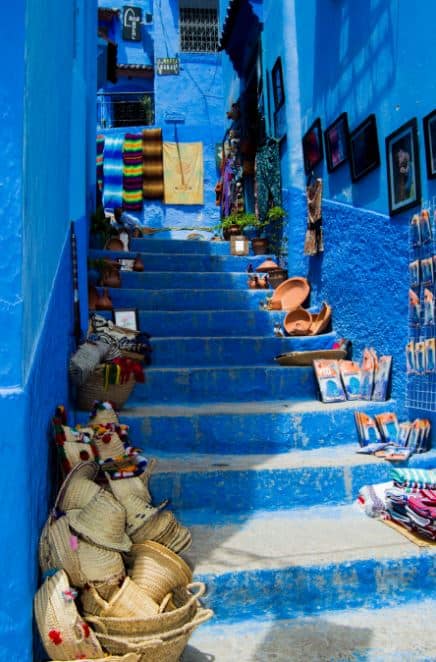
As we found our way out of the picturesque blue labyrinth of stairs, tunnels, and stores, we got to Plaza Uta el-Hammam. Here, you’ll find the widest variety of street food, local craft shops, souvenirs, and the city’s main attractions: the Kasbah Gardens and the Grand Mosque, all dating from the 15 century.
There might not be plenty of tourist activities to do in Chefchaouen, but the city itself is the main attraction. Its beauty, which earned it the name of the Blue Pearl, is definitely worth the six-hour bus drive from Rabat. My only recommendation? There are few other places in the world where it is so essential to bring a camera!
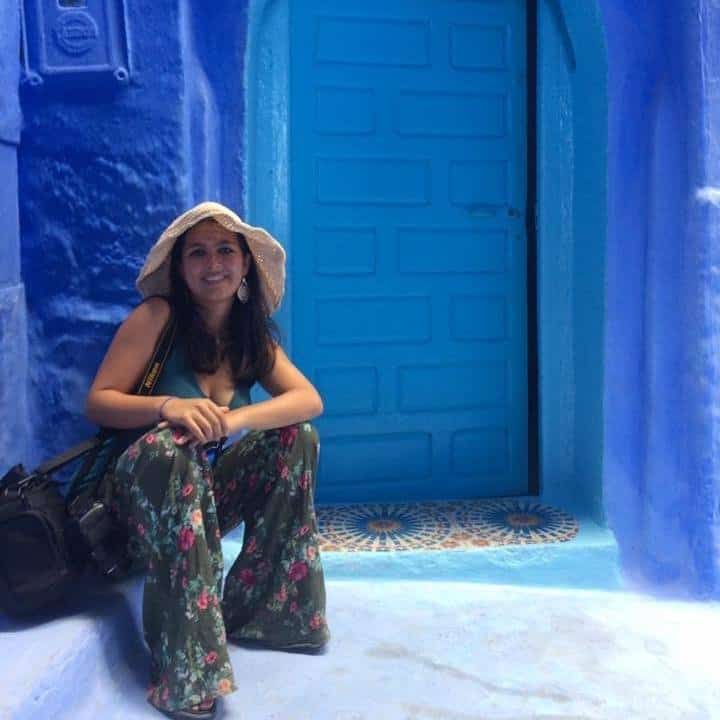
Me at the entrance of a beautiful home in the Medina.
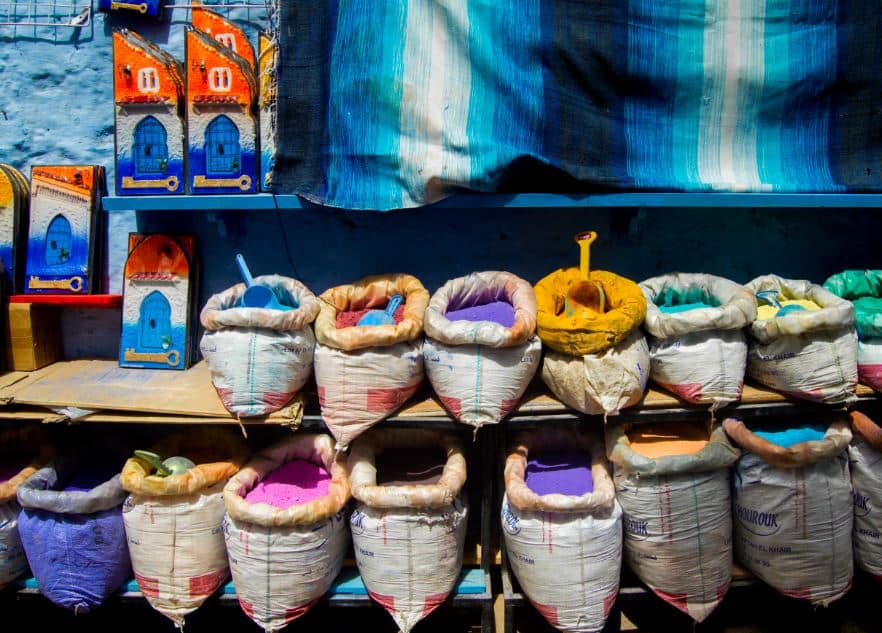
Where to stay
There are plenty of options where to stay in Chefchaouen. My personal recommendation was the place we stayed at, Dar al Machichi, a budget hotel that was clean, close to the medina, and with a super friendly staff.
Under Mountains in the Moon Souvenirs
Want to display the beauty of Chefchaouen at home?
My travel photography prints and greeting cards make great gifts for all travel lovers!
